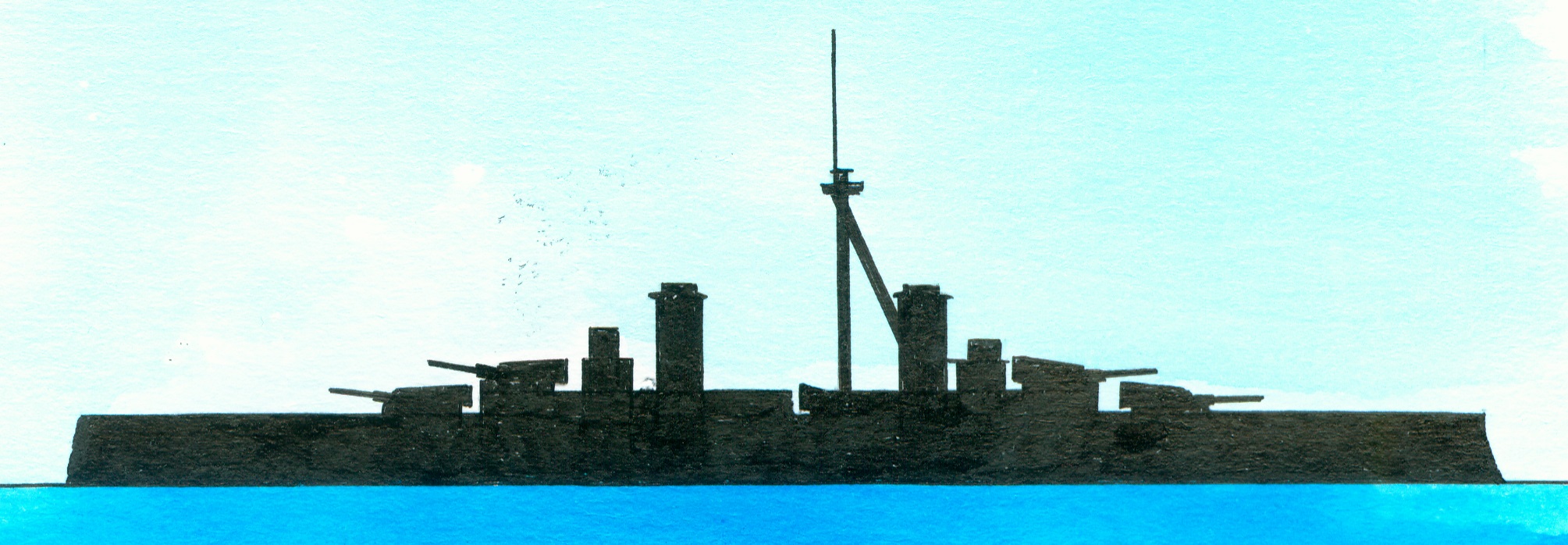Argentinean Rivadavia-class
Notes
1. Of the Rivadavia-class consisting of the Rivadavia and the Moreno. Laid down by the New York Shipbuilding, Camden, New Jersey, USA on 9 July 1910, launched on 23 September 1911, completed on 15 February 1915, part of the reserve in 1923, modernized in the USA 1923-1924 including from coal to oil fuelling, decommissioned in 1949, served as barracks, prison ship in 1955, stricken on 1 October 1956, sold on 11 January 1957 to the Yawata Iron and Steel Company, towed by the Dutch tugs Clyde and Ocean Moreno towards Japan where she arrived on 17 August 1957..
2. Of the Rivadavia-class consisting of the Rivadavia and the Moreno. Laid down by the Fore River Shipbuilding Company, Quincy, Massachusetts, USA on 25 May 1910, launched on 26 August 1811, finally broken up at Savona, Italy in 1959 onwards. Original armament 12-30,5cm/12” guns, 12-15,2cm/6” guns, 16-10,2c,/4” guns and 2-53,3cm/21” torpedo tubes.
3. The Garibaldi (1895), General Belgrano (1896), Pueyrredón (1898) and San Martin (1896) of the Italian Giuseppe Garibaldi-class of armoured cruisers with a displacement of 6.840 tons, dimensions 106,3 x 18,2 x 7,1 metres and an armament of 2z1-25,4cm/10” guns, 10x1-15,2cm/6” guns, 6x1-12cm/4.7” guns, 10x1-5,7cm/2,2” Hotchkiss guns, 8x1-3,7cm/1.5” Maxim guns and 4x1-45,7cm/18” torpedo tubes.
4. Only the Minas Geraes and São Paulo were realized based on a new design after the appearance on the scene of the HMS Dreadnought. The building of the three battleships on a now aged design was stopped. Displacement 18.976 tons, dimensions 161,5 (waterline)-165,5 (over all) x 25,3 x 7,6 metres and an original armament of 6x2-30,5cm/12” guns, 22-12cm/4,7“ guns and 8-,7cm 12 pd guns. The building of the third ship called Rio de Janeiro was again stopped and after redesigning she was first purchased by Turkey and finally purchased by the Royal British Navy when the First World War broke out and she was commissioned as the HMS Agincourt.




